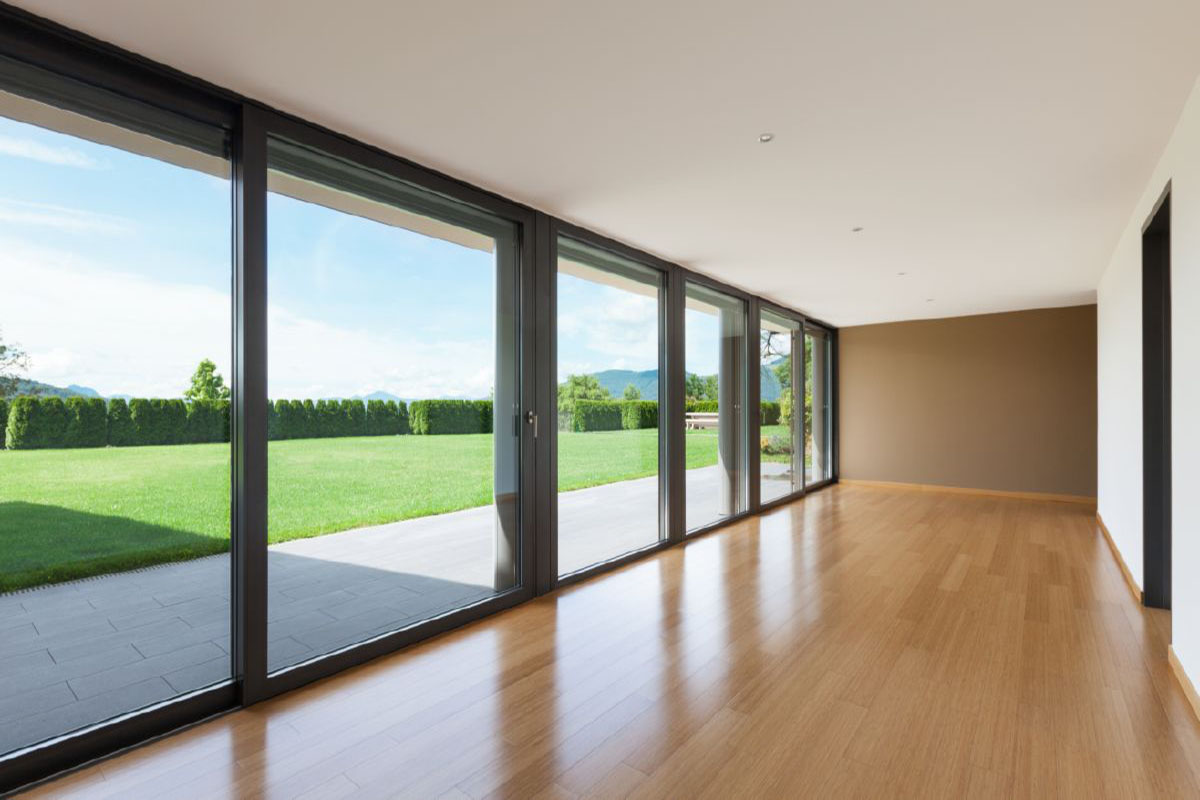All Categories
Featured
Table of Contents
Double Glazed Windows Sydney & Replacement Windows in Ballajura WA
That window can send more solar heat in winter season than in summer season. A west-facing window on a summertime's afternoon has an angle of occurrence from near 0 up to 30 with a large effective area of solar radiation. A north-facing window, in summer, has a high angle of incidence and a low efficient location of solar radiation, so can transmit less heat than a west-facing one.

You can quickly and easily enhance the thermal performance of your home by replacing your windows. There are thousands of types of glass and frames to choose from.
A Complete Guide To Double Glazed Windows in Marangaroo WA
There are numerous different types of glass items to select from. Single glazing uses a single pane of glass. Single glazing with clear glass is not really effective when it comes to heat loss or gain. To enhance performance, you can use single glazing with a more energy-efficient kind of glass such as low emissivity (low-e) glass.
Multiple layers can be assembled with sealed cavities between each sheet of glass. IGUs usually offer better energy efficiency than single glazing, since they transmit less energy. Nevertheless, the energy performance of IGUs likewise depends on: the residential or commercial properties of each layer of glass. Different glass types (for instance, clear and low-e glass) can be assembled in an IGU.
Plastic Window Frames - Best Plastic Double Glazed ... in Lakes Perth

IGU cavities can be filled with air or a more inert, low-conductivity gas such as argon the width of the cavity. Cavity thickness is usually 6 to 18mm. Larger cavities provide lower (better) U worths, with 12mm typically accepted as the preferred gap how well the cavity is sealed. Cavities should be dry and well sealed to avoid wetness getting in.
If argon is installed to the cavity in place of air, wetness is dependably excluded the level of desiccant (drying representative). The spacer (metal or polymer strip) that separates the glass layers consists of a desiccant to absorb any wetness. Inadequate desiccant may trigger wetness to condense on the glass surface in cold conditions, lowering thermal performance.
Double Glazing Windows - The Best Installers In The Uk ... in Mount Claremont Western Australia
In truth, IGUs can provide much better energy performance for all environments, particularly in heated and air-conditioned houses. Cross-section detail of single, double and triple-glazing systems Low emissivity glass (typically called low-e glass) reduces heat transfer. Low-e glass might be either high or low transmission: High transmission low-e glass has a covering that allows daylight from the sun to enter the house to accomplish great solar heat gain, but reduces the quantity of the long wavelength infrared heat that can get away back through the window.
Low-e glass has either a pyrolytic coating or a vacuum-deposited thin movie metal covering. Pyrolytic finishes are resilient and can be utilized for any glazing; vacuum-deposited finishings are soft and are just used within IGUs. Low-e coverings can considerably improve both U worth and SHGC; nevertheless, they need to be used correctly or they will either weaken or fail to perform as needed.
Does Double Glazing Have A Vacuum? in Shelley Perth
Low-e coverings can be used in mix with clear, toned or reflective glass. Low-e finishings on glazing can decrease heat transfer where required Photo: Department of Industry, Science, Energy and Resources Toned glass has colouring ingredients included throughout manufacture. It is available in numerous colours, typically bronze, grey, blue and green.
Table of Contents
Latest Posts
Fitting A Cabin In Your Garden? Get Double Glazing Fitted Too in Connolly Perth
Brisbane's Best Double Glazed Windows in Stirling Western Australia
Twinglaze® Double Glaze Specification Act - Vic in Bickley Western Australia
More
Latest Posts
Fitting A Cabin In Your Garden? Get Double Glazing Fitted Too in Connolly Perth
Brisbane's Best Double Glazed Windows in Stirling Western Australia
Twinglaze® Double Glaze Specification Act - Vic in Bickley Western Australia